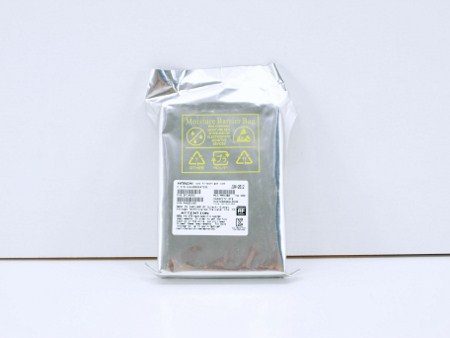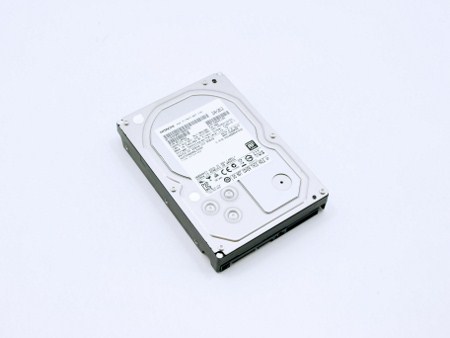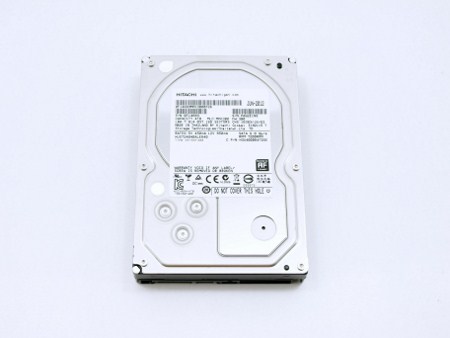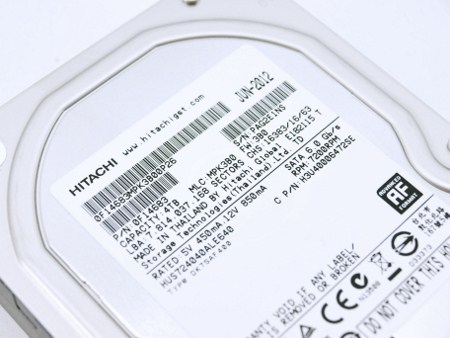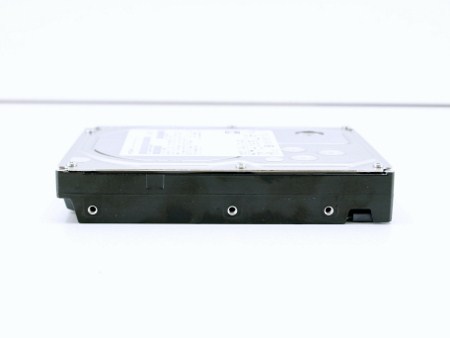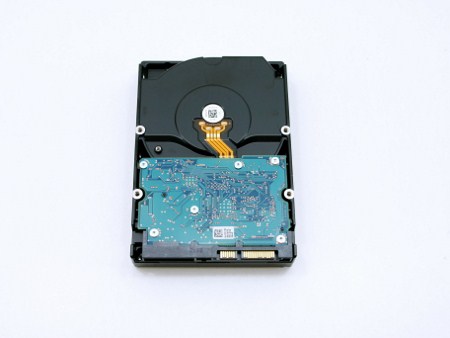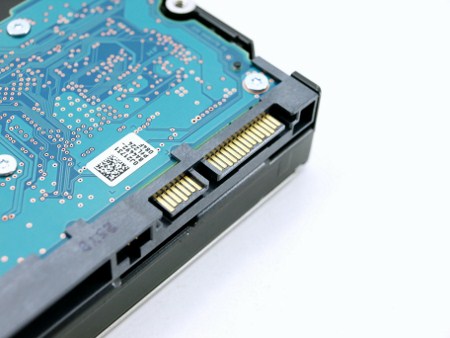INTRODUCTION
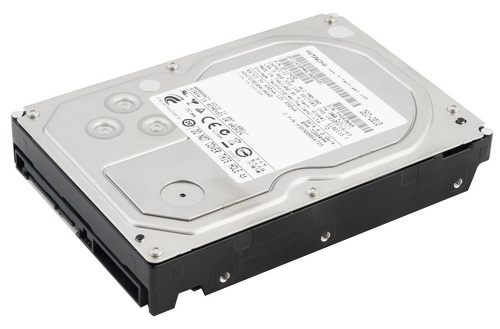
One of the things i always wanted to try (and it seems many of you wanted that as well judging by the many emails i received when i first mentioned this) was to test the same exact hard disk drive with both SATA II and SATA III connectivity to see if there were any real gains at all between both models. Of course as you all know it's not very easy to come across two versions (SATA II/III) of the same exact HDD so it was pure luck when i stumbled on the SATA II version of the latest Ultrastar 7K4000 4TB enterprise class HDD from Hitachi GST (HGST now) roughly one month ago. Back then however i didn't have the SATA III version in my hands so this comparison was left unfinished until i did and that time has come.
HGST, a Western Digital company, is a market leader in enterprise hard disk drives and develops advanced hard disk drives, enterprise-class solid state drives, and external storage solutions and services that are used by large and sophisticated technology companies to store, preserve and manage data. HGST storage solutions have a reputation for quality, reliability and innovation. Our drives are trusted by the world’s high-transactional enterprises, Internet services companies, creative professionals, and consumer electronics and automotive system manufacturers to store the avalanche of new content resulting from cloud computing and services, virtualization, social networks, HD video and mobile platforms. HGST focuses on delivering innovative, customized storage solutions that are an integral part of a customer’s broader systems, infrastructure and application platforms ensuring a storage value proposition that addresses each customer use case and pain point. This consultative approach to storage coupled with technical expertise, a comprehensive customer support infrastructure, world-class operations and a broad portfolio of solutions sets a high standard for product and service excellence. Founded by the pioneers of hard drives in 2003, HGST became a separate and wholly owned subsidiary of Western Digital Corporation in March, 2012. HGST maintains its U.S. headquarters in San Jose, California and is marketed under the HGST brand name.
Just like with the SATA II version the SATA III version of the Ultrastar 7K4000 comes with a total of 64MB of data buffer, a rotational speed of 7200RPM, an very impressive MTBF (Mean Time Between Failures) of 2.000.000 hours and is covered by a 5 year warranty. As always we will be testing the highest capacity model currently available which is the 4TB one just like the SATA II version we tested almost a month ago. Unfortunately this time over i was unable to secure a 2nd sample for RAID0 tests but since the main goal behind this entire comparison is to test and see if there are any real performance differences between the two models (SATA II/III) i think we can skip on RAID tests this time over. So time to find out if the same hard disk drive with SATA III connectivity is any better in terms of read/write performance than the same hard disk drive with SATA II connectivity.
SPECIFICATIONS AND FEATURES


PACKAGING AND CONTENTS
As usual with OEM HDD samples the Ultrastar 7k4000 4TB SATA III arrived inside a moisture barrier bag.
That means you are only getting the drive and nothing else (a SATA cable would make a fine addition but it's not up to me to make that call).
THE ULTRASTAR 7K4000 4TB SATA III
The rugged design housing HGST has been using with their 3.5" Deskstar and Ultrastar lines has always been my favorite.
The large sticker placed at the top of the drive states the available drive capacity, drive sectors, serial number, country of manufacture, factory roll-out date, electrical requirements, current firmware version, SATA connectivity (6Gb/s = SATA III), RPM speed (Rotations Per Minute) and several certification logos.
All 3.5" hard disk drives feature the same 3 standard mounting holes on each side.
The various PCB components have been moved on the interior side for increased protection (always compared to older models).
At the rear of the drive we see the usual SATA III connector (again nothing new here, only SAS connectors are different).
TEST BED
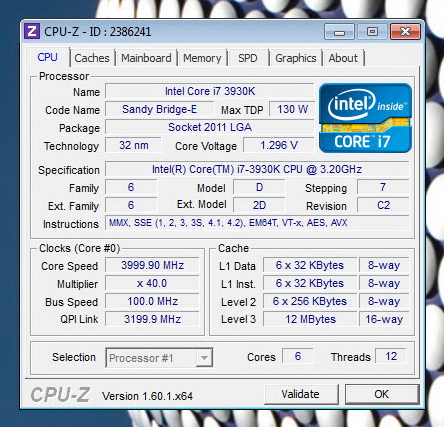

TESTING METHODOLOGY
Thoroughly testing hard disk drives may require time and patience but that's just about it. Of course that doesn't mean that one must take it lightly, at least not when people base their decision on your results. True many choose to only use 2 or 3 benchmarking suits in order to measure the performance of a drive or drives since quite honestly most benchmarking suites do tend to agree with each other. However i always like to take things a step further not because i have to but because i want to be almost 100% certain of the results i post (one can never be 100% certain about anything).
So in this kind of reviews we will use a total of 6 different benchmarking suites in an effort to bring you the most accurate results across the board. Now the only reason why i say effort is because real-world usage is almost never on par with what results one gets by running several benchmarks on a drive and that's mainly because there are many variables at work from ambient temperatures to hardware configurations. The benchmarking applications we use are the AIDA64 suite (former Everest Pro), HD Tune Professional, HD Tach RW, ATTO, Sisoftware Sandra Pro and the Crystal Disk Mark 64bit. These benchmarking tools are the best in what they do and as you will also see later on their results more or less agree. Each test is performed a total of 6 times and then the average is recorded into the charts. Temperatures are recorded using Hard Disk Sentinel and after 45 minutes of continuous testing in a 23 degrees Celsius temperature controlled room. Finally we also use an ExTech HD600 dBA meter on each of the drives (5cm away) in order to accurately record their noise levels, although if you don't turn off all system fans when doing so it's quite possible that you will never even hear the drive. The operating system as usual is a fresh installation of Microsoft Windows 7 Ultimate Service Pack 1 with every update installed up until the 25th of July.
TEST RESULTS - AIDA64 / ATTO


TEST RESULTS - HD TACH RW / HD TUNE PRO
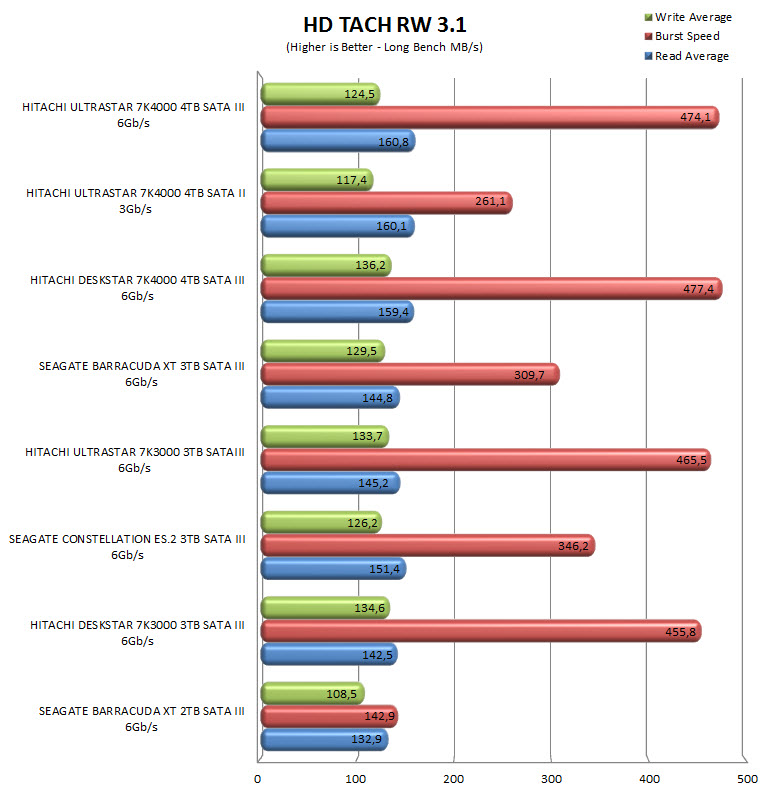

TEST RESULTS - SISOFTWARE SANDRA PRO / CRYSTAL DISK MARK
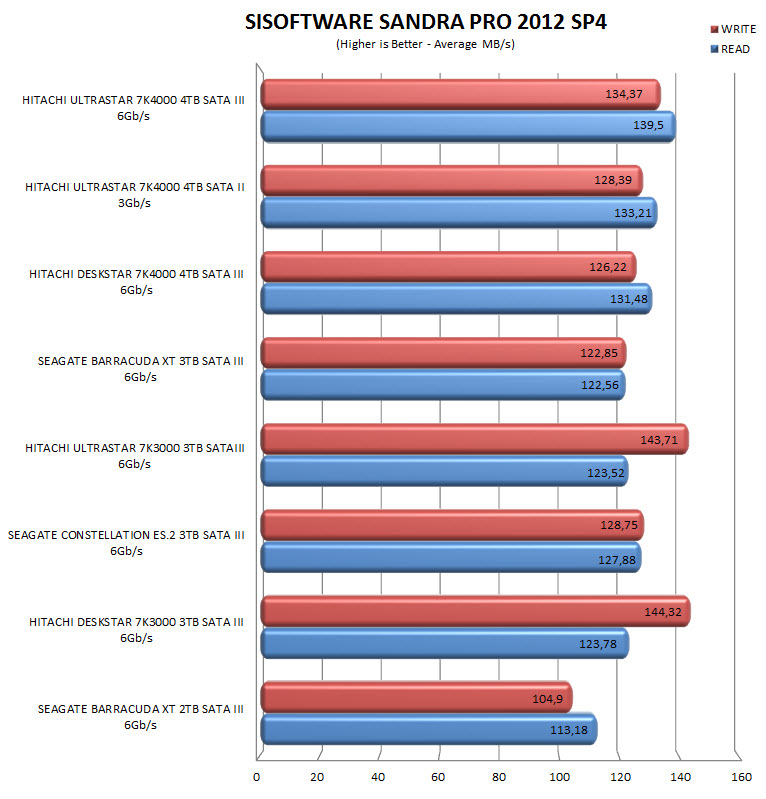

TEST RESULTS - TEMPERATURES / NOISE LEVELS


CONCLUSION
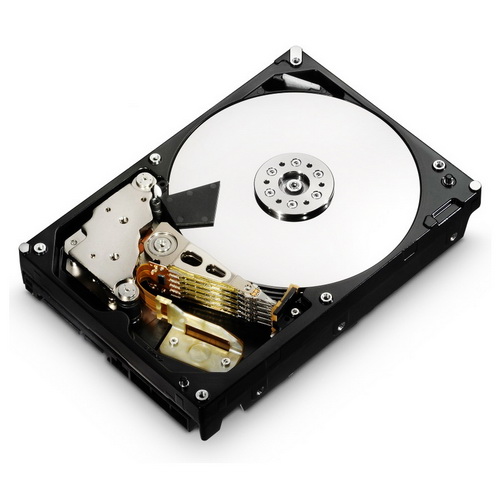
From the results of all our tests it's quite clear that SATA III performs more or less the same (wins in some benchmarks, falls back in others) as SATA II with standard mechanical hard disk drives something which doesn't really come as a surprise if we take into account that the theoretical maximum bandwidth of SATA II can reach 300MB/s (3Gb/s). Certainly that is not enough for modern SSDs and their lightning fast read/write speeds which come really close to the maximum bandwidth of 600MB/s (6Gb/s) SATA III offers but for regular HDDs it should be sufficient for a long time to come. On the other hand you can't really expect manufacturers to stick only with SATA II just because it's sufficient (HGST clearly manufactures both SATA II/III compatible versions of the same models) for HDDs, besides there's virtually no difference in cost so having the latest connectivity available (backwards compatible of course) is never a bad thing.
Massive capacity hard disk drives don't come cheap especially at the beginning of their availability and that goes double when we are talking about an enterprise class product such as the Ultrastar 7K4000 4TB models which currently retail for around USD510 inside the USA and 460Euros inside the EU. True the price may look somewhat high (and it is for most people) but if you break it down you are only paying around 14 cents per gigabyte which is actually quite remarkable especially if you take into account that you pay over 10 times as much per gigabyte for an SSD. Bottom line the Ultrastar 7K4000 4TB drives (SATA II/III versions) is targeted towards people who not only need the massive 4TB capacity but also require the durability and speeds offered by an enterprise class product and because of that we are awarding it with our Platinum Award.

PROS
- Enterprise Class Quality
- 2.0 Million Hours MTBF (Mean Time Between Failures)
- Performance
- 4TB's Capacity
- Temperatures/Noise Levels
- 5 Years Warranty
CONS
- Price Tag (For Some)

 O-Sense
O-Sense





